Angled Magnetic Contact
Angled Magnetic Contact represents a specialized solution for security applications where traditional perpendicular sensor mounting isn’t feasible. This innovative door and window sensor addresses the unique challenges faced by security professionals when installing detection systems on angled surfaces, tight spaces, or non-standard door configurations.
Unlike standard magnetic contacts that require precise perpendicular alignment, this angled design accommodates irregular mounting surfaces and space constraints while maintaining reliable intrusion detection. Security installers can now protect previously challenging openings without compromising system integrity or aesthetics.
Advanced Reed Switch Technology
Precision Magnetic Field Detection
The Angled Magnetic Contact utilizes a sensitive reed switch mechanism that responds to magnetic field changes when doors or windows are opened. The internal reed switch remains in a closed circuit position when the magnet is within the specified detection range, typically within 0.4 inches (10mm) of the sensor body.
When an opening occurs, the magnet separates from the sensor, causing the reed switch to change state and transmit a signal to the connected alarm control panel. This reliable switching mechanism ensures consistent detection across thousands of operational cycles.
Enhanced Sensitivity Range
The angled configuration optimizes the magnetic field interaction between sensor and magnet components, maintaining detection reliability even when mounting angles deviate from standard perpendicular installations. This enhanced sensitivity accommodates doors and windows that may not close perfectly flush or align at non-standard angles.
Professional-grade magnetic materials ensure consistent performance across varying environmental conditions and extended service life, reducing false alarms while maintaining security system reliability.
Versatile Installation Applications
Complex Door Configurations
The Angled Magnetic Contact excels in installations where space constraints or architectural features prevent standard sensor placement. Recessed door frames, angled window casements, and tight clearance situations benefit from the flexible mounting angles this design provides.
Security professionals can install these sensors on heavy commercial doors, vintage windows with non-standard frames, or modern architectural features that incorporate angled surfaces without sacrificing detection accuracy.
Specialized Window Applications
Window installations often present unique challenges due to varying opening mechanisms and frame designs. The angled contact accommodates casement windows, awning windows, and sliding windows where standard contacts might not align properly when the window is closed.
Residential and commercial applications benefit from the discrete installation profile, allowing security coverage without compromising window operation or visual aesthetics.
Professional-Grade Construction
Durable Housing Materials
Weather-resistant housing construction protects internal components from environmental factors while maintaining long-term operational reliability. The sensor housing accommodates both indoor and outdoor installations, with materials selected for dimensional stability across temperature variations.
Mounting hardware includes corrosion-resistant fasteners and gaskets that maintain weatherproof integrity in exposed installations. Professional installers appreciate the robust construction that withstands the demands of commercial and residential security applications.
Tamper-Resistant Design
The compact, low-profile design minimizes visibility and accessibility to potential intruders while maintaining full operational functionality. Internal components are protected against casual tampering attempts, supporting overall security system integrity.
Wiring connections utilize screw terminals that ensure reliable electrical contact while accommodating various wire gauges commonly used in security system installations.
Integration and Compatibility
Universal System Compatibility
The Angled Magnetic Contact integrates seamlessly with all standard hardwired security panels through conventional normally-closed (NC) or normally-open (NO) circuits. Standardized voltage and current specifications ensure compatibility with existing security infrastructure.
Professional installers can incorporate these sensors into new installations or retrofit existing systems without requiring specialized interface equipment or system modifications.
Wireless System Integration
When used with hardwired-to-wireless converters, these contacts integrate with wireless security systems while maintaining the reliability advantages of hardwired detection. This flexibility supports both traditional hardwired installations and modern wireless security architectures.
System programming accommodates various response modes, from simple intrusion detection to sophisticated access control integration with delayed response timers and bypass capabilities.
Installation Specifications and Guidelines
Optimal Placement Parameters
Professional installation requires maintaining the specified gap tolerance between sensor and magnet components, typically 0.4 inches (10mm) maximum when the door or window is closed. The angled design provides flexibility in achieving this specification even with non-perpendicular mounting surfaces.
Installation guidelines recommend mounting the more expensive sensor component on the stationary frame while placing the magnet on the moving door or window element. This configuration minimizes sensor exposure to mechanical stress and potential damage.
Electrical Connection Requirements
Standard 22-gauge security wire accommodates most installation distances while maintaining signal integrity. Connection points utilize screw terminals that accept bare wire ends or spade terminals, providing secure electrical contact that resists loosening from building vibration or thermal cycling.
Proper wire routing protects connections from accidental damage while maintaining the discrete appearance that characterizes professional security installations.
Technical Performance Standards
Operating Environment Range
The sensor operates reliably across temperature ranges from -10°C to +55°C (14°F to 131°F), accommodating most residential and commercial environments. Humidity tolerance supports installation in areas subject to condensation without degrading performance.
Maximum switching specifications typically include DC voltage ratings up to 200V and current handling capability up to 0.5A, providing adequate capacity for most security system applications while maintaining long-term contact reliability.
Response Time and Sensitivity
Instantaneous response to magnetic field changes ensures rapid detection without delay that might compromise security effectiveness. The reed switch mechanism provides clean contact closure and opening without bounce or hesitation that could cause false alarms.
Consistent performance across the operational life span maintains detection reliability throughout years of service, reducing maintenance requirements and system downtime.
Security System Applications
Residential Protection
Home security installations benefit from the discrete profile and reliable operation that protects entry points without interfering with daily activities. The angled design accommodates challenging residential installations including basement windows, attic access doors, and irregularly shaped openings.
Multiple sensor networks provide comprehensive perimeter protection while maintaining the aesthetic appeal that homeowners require from security system components.
Commercial and Industrial Use
Business applications leverage the robust construction and reliable performance for protecting valuable assets and sensitive areas. The angled configuration accommodates commercial door hardware and industrial equipment access points that require security monitoring.
Integration with access control systems enables sophisticated entry management while maintaining continuous intrusion detection capabilities.
Quality Assurance and Support
Manufacturing Standards
Professional-grade manufacturing processes ensure consistent quality and performance across production batches. Component selection emphasizes reliability and longevity, supporting the demanding requirements of security system applications.
Quality control testing verifies operational parameters and environmental tolerance before shipment, ensuring reliable performance upon installation.
Technical Support Resources
Comprehensive installation documentation and technical support resources assist security professionals in achieving optimal installations. Application notes address common installation challenges and provide solutions for complex mounting situations.
Professional training programs and certification courses ensure installer competency in maximizing the capabilities of advanced magnetic contact technology.
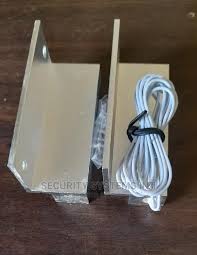
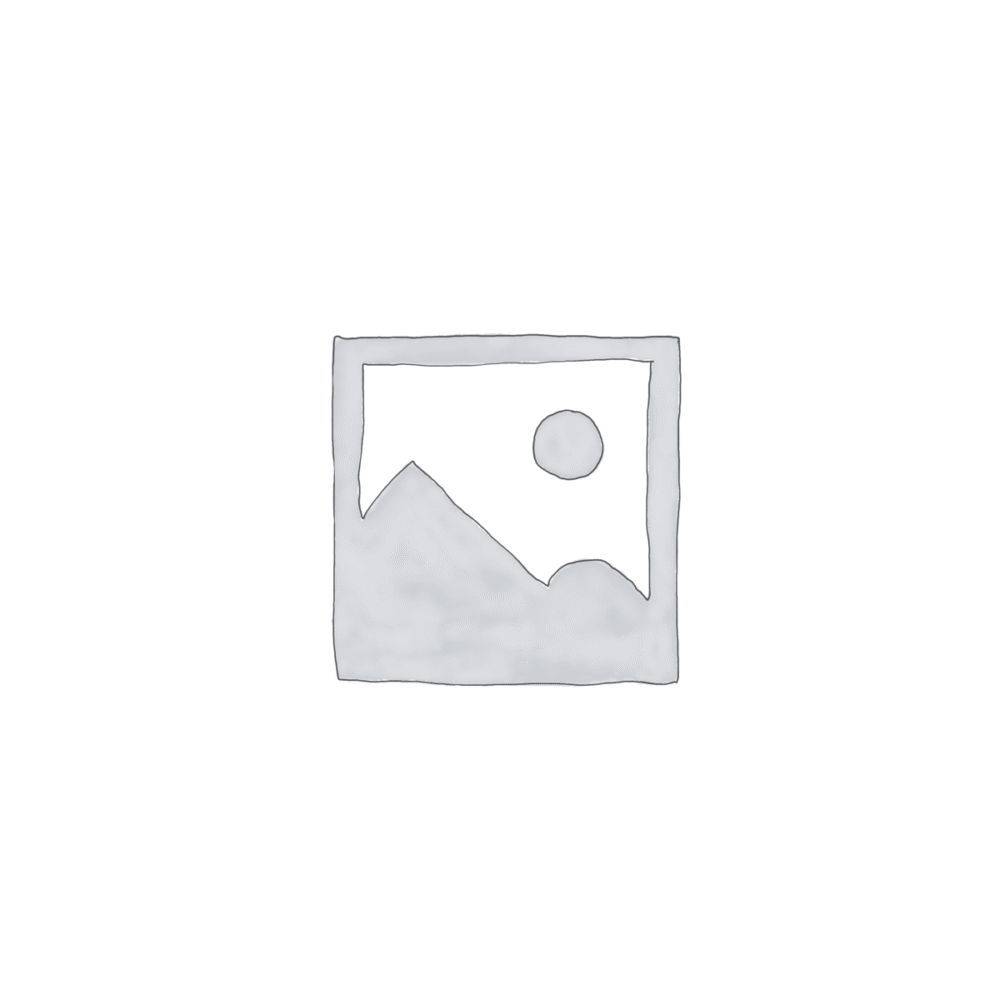
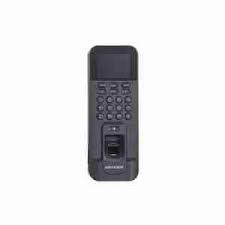

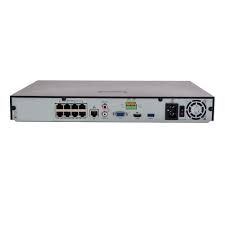
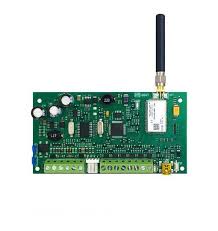
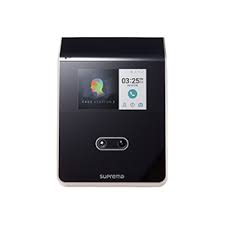
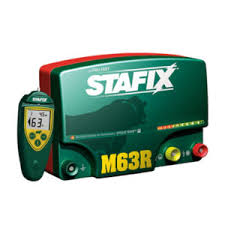
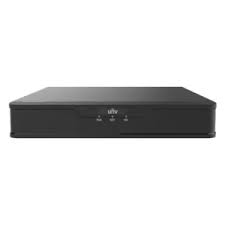
 No products in the cart.
No products in the cart. 
Reviews
There are no reviews yet.